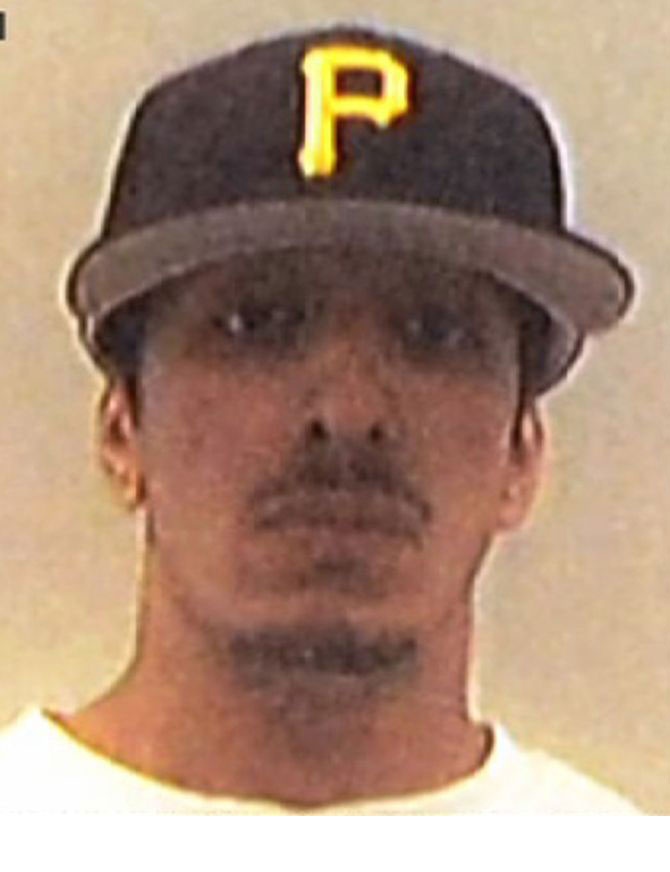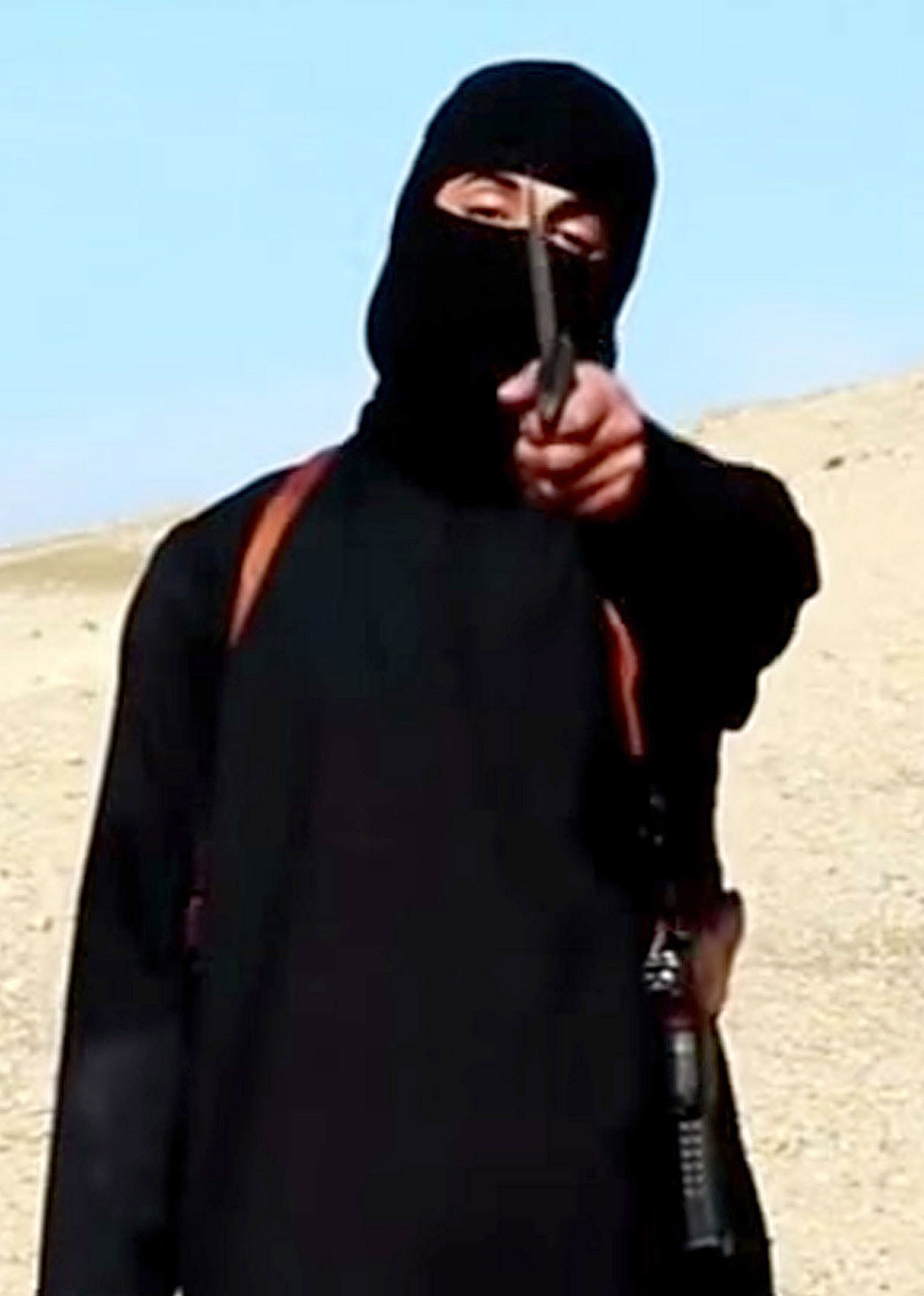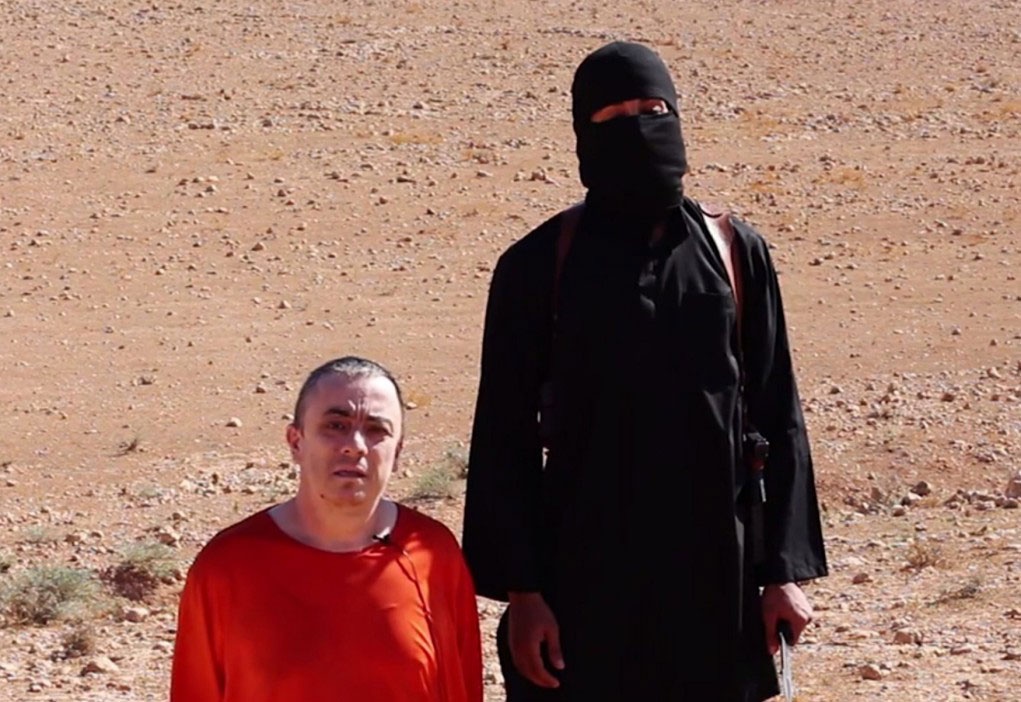The identity of the Isis killer known as ‘Jihadi John’ was revealed to the world as 26-year-old Mohammed Emwazi on March 1, 2015 — six months after he first appeared in a propaganda video for the Islamic State in which he murdered journalist James Foley.
In subsequent videos he appeared to also kill Steven Sotloff, David Haines, Alan Henning, Peter Kassig, Haruna Yukawa, Kenji Goto Jogo and at least one Syrian soldier.
Who is the man behind the mask and how did he become an Isis murderer?
Born in Jahra, Kuwait, on August 17, 1988 to policeman Jassem Emwazi and his wife, Ghaneya, Emwazi moved to west London in 1994. He has a younger brother, Omar, and four sisters, one of them an architect. The family were granted asylum in 1996.
As a boy, Emwazi was much like any other youth. He liked S Club 7 and wanted to be a professional footballer. He spent break times occasionally playing a game called “squeeze and breeze”, which involved pinching the bottoms of female classmates and running away.
A fellow pupil at Emwazi’s primary school, St Mary Magdalen, recalled an incident from their school days.
Speaking to LBC Radio, the anonymous friend remembered, “Mohammed was running away from someone, I think he was just about to get into a fight. As he was running another guy blocked his path. He ran into a goalpost, hit his head on the metal post and fell to the floor. We didn’t see him for six weeks, and he was never the same afterwards.”
Emwazi, known as Mo to friends, grew up as a “regular London teenager”.
After studying at Quintin Kynaston Community Academy in north London, a specialist technology college, he achieved good enough grades to secure a place at the University of Westminster. He graduated from there with a 2:2 in Information Systems with Business Management.
Descriptions of him growing up are mired in contradictions, with some characterising him as “extremely kind, gentle, humble” but others remember him as getting into fights, needing praise and having anger therapy.
Jo Shuter, who was head of the Quintin Kyanston Community Academy until 2013, told the BBC: “I am not prepared to say when the radicalisation took place. All I can say is absolutely hand on heart, we had no knowledge of it. If we had we would have done something about it.
At some point during his sixth-form years, Emwazi became part of a notorious west London militant Islamic network that included members trained by al-Qaeda in Africa.
While he was a student, the University of Westminster invited Anwar al-Awlaki, the late al-Qaeda leader, to speak. Some Westminster students were linked to terrorism, with one jailed in 2007 after being found with blueprints for a rocket in his luggage at Luton airport. The president of the students’ union in 2011 was found to have links to an extremist group that supported the establishment of an Islamic state.
A man named Bilal al-Berjaw - who was trained by the leader of al-Qaeda in Africa, Fazul Abdullah Mohammed - attended the same mosque as Emwazi. It is believed he played an important part in turning Emwazi into a radicalised fanatic. Emwazi is likely to have met Michael Adebolajo, who murdered Fusilier Lee Rigby in Woolwich in 2013, at another mosque they both attended occasionally in southeast London.
Classmates say that Emwazi was religious, but still drank alcohol and took drugs. He was thrown off a flight because he was drunk and disorderly. The then 20-year-old Emwazi said he was travelling from Amsterdam to Tanzania to go on safari, however the area he was heading to was an easy crossing point into the extremist hotbed of Somalia.
After graduating and returning from his failed trip to Africa, Emwazi went to Kuwait and worked as a salesman for an IT company. During this time, he travelled between Kuwait and the UK. He was questioned by British authorities and Kuwait cancelled his visa. Emwazi said he “felt like a prisoner” in London and changed his name in an attempt to return to the Middle East. He was rejected, and a week later he disappeared from his family home.
 School boy years: Mohammed Emwazi (SWNS)
School boy years: Mohammed Emwazi (SWNS)
 Mohammed Emwazi as a student at Westminster University
Mohammed Emwazi as a student at Westminster University
 With his face covered by a balaclava, the then-anonymous Emwazi became the murderous figure of 'Jihadi John'
With his face covered by a balaclava, the then-anonymous Emwazi became the murderous figure of 'Jihadi John'
 Alan Henning kneels on the ground moments before Emwazi murders him
Alan Henning kneels on the ground moments before Emwazi murders him